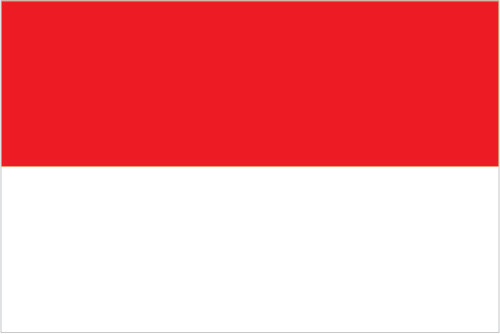
Indonesia, a vast polyglot nation, has grown strongly since 2010. During the global financial crisis, Indonesia outperformed its regional neighbors and joined China and India as the only G20 members posting growth. The government has promoted fiscally conservative policies, resulting in a debt-to-GDP ratio of less than 25% and historically low rates of inflation. Fitch and Moody's upgraded Indonesia's credit rating to investment grade in December 2011. Indonesia still struggles with poverty and unemployment, inadequate infrastructure, corruption, a complex regulatory environment, and unequal resource distribution among regions. The government also faces the challenges of quelling labor unrest and reducing fuel subsidies in the face of high oil prices.
$1.285 trillion (2013 est.)
country comparison to the world: 16
$1.22 trillion (2012 est.)
$1.149 trillion (2011 est.)
5.3% (2013 est.)
country comparison to the world: 49
6.2% (2012 est.)
6.5% (2011 est.)
$5,200 (2013 est.)
country comparison to the world: 158
$5,000 (2012 est.)
$4,800 (2011 est.)
agriculture: 14.3%
industry: 46.6%
services: 39.1% (2013 est.)
11.7% (2012 est.)
7.7% (2013 est.)
country comparison to the world: 193
4.3% (2012 est.)
120 million (2013 est.)
country comparison to the world: 5
agriculture: 38.9%
industry: 13.2%
services: 47.9% (2012 est.)
6.6% (2013 est.)
country comparison to the world: 70 6.1% (2012 est.)
petroleum and natural gas, textiles,
automotive, electrical appliances, apparel,
footwear, mining, cement, medical instuments and appliances, handicrafts,
chemical fertilizers, plywood, rubber,
processed food, jewelry, and tourism
4.3% (2013 est.)
country comparison to the world: 67